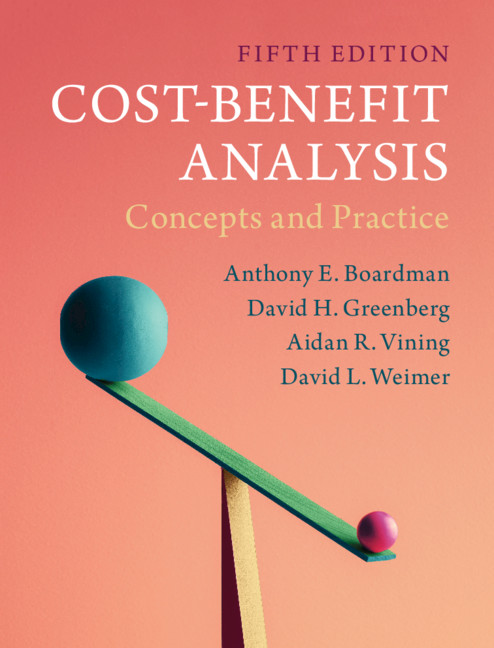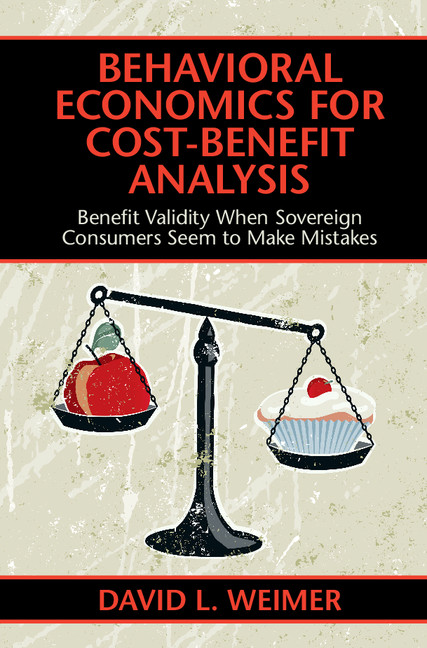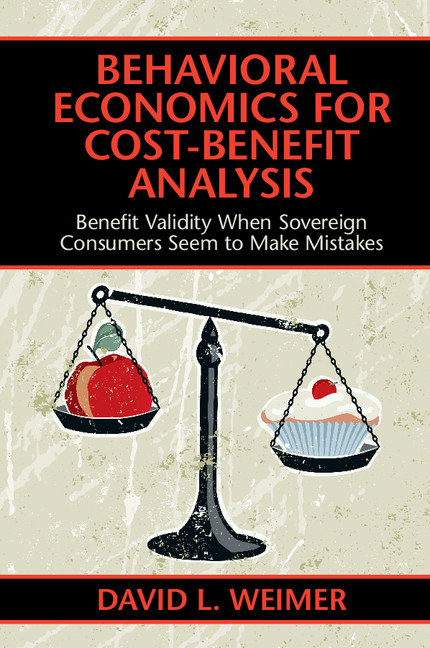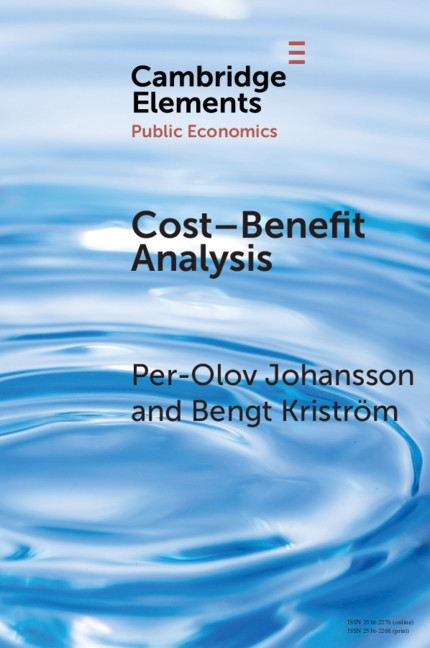Cost-Benefit Analysis
Cost-Benefit Analysis provides accessible, comprehensive, authoritative, and practical treatments of the protocols for assessing the relative efficiency of public policies. Its review of essential concepts from microeconomics, and its sophisticated treatment of important topics with minimal use of mathematics helps students from a variety of backgrounds build solid conceptual foundations. It provides thorough treatments of time discounting, dealing with contingent uncertainty using expected surpluses and option prices, taking account of parameter uncertainties using Monte Carlo simulation and other types of sensitivity analyses, revealed preference approaches, stated preference methods including contingent valuation, and other related methods. Updated to cover contemporary research, this edition is considerably reorganized to aid in student and practitioner understanding, and includes eight new cases to demonstrate the actual practice of cost-benefit analysis. Widely cited, it is recognized as an authoritative source on cost-benefit analysis. Illustrations, exhibits, chapter exercises, and case studies help students master concepts and develop craft skills.
- Written in a highly readable and user-friendly style to provide a comprehensive take on cost-benefit analysis
- Spreadsheet exercises will allow students to work with numbers and assumptions so instructors can increase the level and range of the problems assigned
- Case studies and exhibits throughout the text show actual applications of cost-benefit analysis
Reviews & endorsements
'For measuring the social returns to public investments, this is the preeminent source of wisdom and guidance by the recognized experts. The fifth edition of Cost-Benefit Analysis must surely be designated as the classic treatment on the topic, encyclopedic in its coverage and authoritative in its wisdom.' Henry M. Levin, William Kilpatrick Professor of Economics and Education, Columbia University and David Jacks Professor of Education and Economics, Emeritus, Stanford University
'What makes this manual unique is the extensive combination of basic microeconomics concepts with a wide range of worked examples, case studies, references to empirical literature, and helpful exercises. The new edition provides a better flow of the arguments and a richer selection of material from real world applications to project and policy evaluation.' Massimo Florio Florio, Università degli Studi di Milano and former Scientific Coordinator, European Commission
'With up-to-date analyses and examples from across social and environmental studies, this new edition reaffirms the book's position as the premier rigorous treatment of cost-benefit analysis for researchers, policy professionals, and decision-makers.' Clive Belfield, Queens College, City University of New York
Product details
July 2018Paperback
9781108401296
520 pages
247 × 191 × 25 mm
1.29kg
Available
Table of Contents
- 1. Introduction to cost-benefit analysis
- 2. Conceptual foundations of cost-benefit analysis
- 3. Microeconomic foundations of cost-benefit analysis
- 4. Valuing impacts from observed behavior: direct estimation of demand schedules
- Case: use of demand schedules in regulatory impact analyses
- 5. Valuing impacts in output markets
- 6. Valuing impacts in input markets
- 7. Valuing impacts in secondary markets
- 8. Predicting and monetizing impacts
- Case: WSIPP CBA of the nurse-family partnership program
- 9. Discounting future impacts and handling inflation
- Case: a CBA of the North-East mine development project
- 10. The social discount rate
- 11. Dealing with uncertainty: expected values, sensitivity analysis, and the value of information
- Case: using Monte Carlo simulation: assessing the net benefits of early detection of Alzheimer's Disease
- 12. Risk, option price and option value
- 13. Existence value
- 14. Valuing impacts from observed behavior: experiments and quasi experiments
- Case: findings from CBAs of welfare-to-work programs
- 15. Valuing impacts from observed behavior: indirect market methods
- 16. Contingent valuation: using surveys to elicit information about costs and benefits
- Case: using contingent valuation to estimate benefits from higher education
- 17. Shadow prices from secondary sources
- Case: shadow pricing a high school diploma
- 18. Cost-effectiveness analysis and cost-utility analysis
- 19. Distributionally weighted CBA
- Case: the Tulsa IDA account program
- 20. How accurate is CBA?








